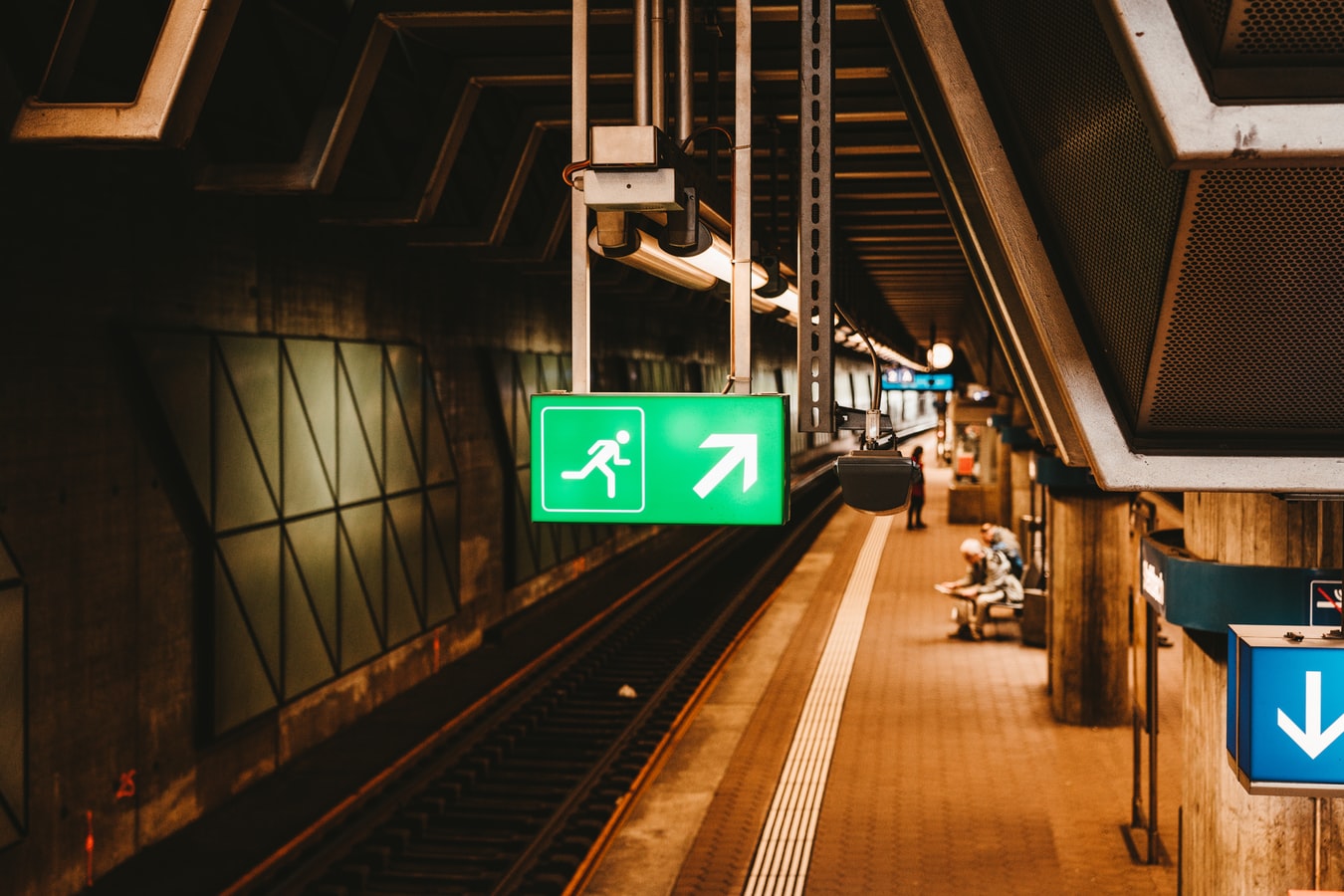Emergency lighting systems: The 4 most important things you need to know
Emergency lighting is there in the background of our office blocks, industrial complexes and shopping centres. It is everywhere, yet customers and staff alike seldom give it a moment’s thought. It is the job of a good business, however, to make sure that it is fully functioning, and complies with all the necessary regulations. This can be a daunting task though, as navigating the complex regulations and various systems available creates confusion. At Surrey Tech Services, we know that you want to do the best for your business. So we have put together a quick guide to the 4 most important things you need to know about emergency lighting systems. Here are our top tips to get you started on the journey to safe and reliable emergency lighting:
Choosing the right system is important
It might seem like an emergency system is all about that little green man above the door, but choosing the right system is the most important decision you can make. There are broadly 5 types of emergency lighting available to you, and it pays to do some research before you go ahead with one. A great company will help you out with this. Unsure about the difference between a maintained system and a non-maintained one? Get in touch with us and one of our experts will be happy to walk you through the differences before your emergency lighting installation.
Go for reliability
Your emergency lighting system may not be visible in day-to-day office hours, but you want to make sure it will work when it counts. It is important that you think about the power sources available to you, regardless of whether you have a maintained system with continuous lighting, or a non-maintained system that only comes on when the mains fail. Using a central battery, for instance, might be a good option if you are as yet undecided, since this will feed all relevant light sources in an emergency, whether they are maintained or non-maintained.
Location, location, location
Finding the escape route in an emergency is on everyone’s mind, whether they work in the building or are just visiting. It is therefore important that your emergency light is simple enough for uninitiated visitors to find their way out of your building. It is important that you research the regulations when deciding where to locate your emergency lighting. A free consultation can help you establish the most appropriate points in your building, so it is worth getting in touch with one of our experts to discuss your options. It is also important that you consider the layout of your building from the perspective of an individual who is trying to get out in a hurry. The 1989 Health and Safety fire regulations insist that all final exits should be lit by the emergency lighting system, but also points where people may be uncertain about the route to safety.
Manage your high-risk task areas
Thinking ahead will help you to manage those areas of your building where high-risk tasks take place. This is really important because although most members of staff will be able to drop what they are doing immediately when they are told to make an emergency exit, not all staff will be able to. Some of your team may be operating high-risk machinery that they will need to shut down safely. If this is not done, your team, equipment and building may be at more risk, so it is important that people working in these high-risk areas can continue to see adequately. It is important to consider where to have additional emergency lighting that will help your staff to stay safe, and exit quickly.
For electrical help and advice, or to arrange an electrical installation please contact Surrey Tech Services.
